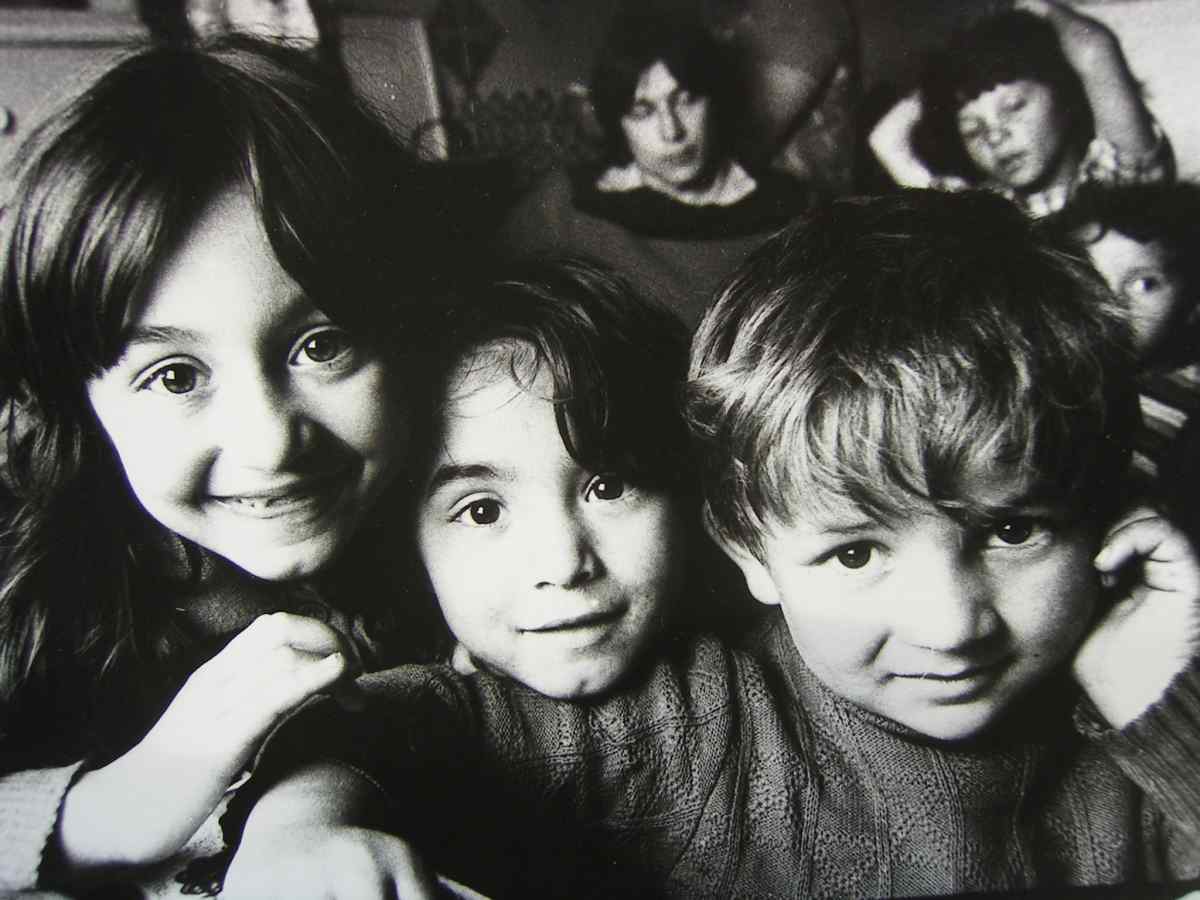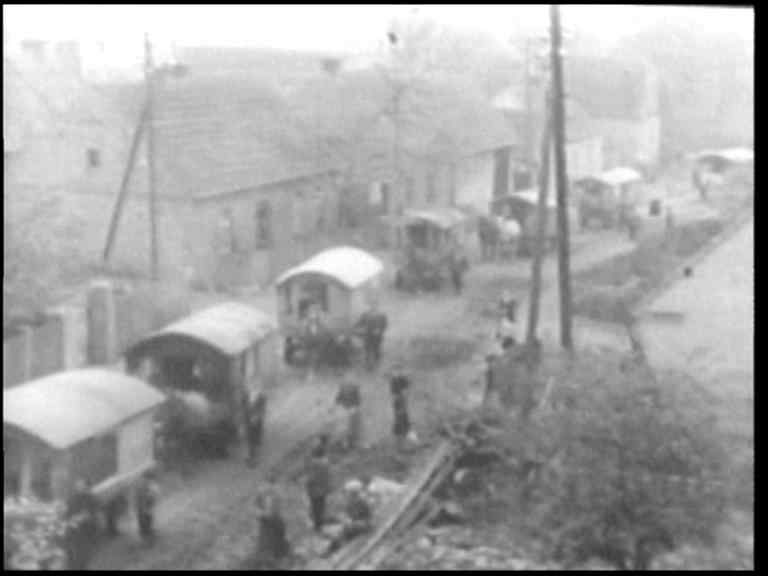Holocaust Against the Sinti and Roma and Present-day Racism in Europe
On the International Holocaust Remembrance Day


The Documentation and Cultural Center of German Sinti and Roma (Heidelberg)
Holocaust Documentation Center and Memorial Collection Public Foundation
On the international Holocaust remembrance day—the 27th of January—the Galeria Centralis opened an exhibition titled “The Holocaust against the Sinti and Roma and Present-day Racism in Europe.” The exhibition was organized by The Documentation and Cultural Center of German Sinti and Roma (Heidelberg) and the Holocaust Documentation Center and Memorial Collection Public Foundation.
The spectacular exhibition sought to attract attention visually and through the information it conveyed. The 72m-long panels were equipped with Hungarian audio tapes to help local audiences. The exhibition sought to confront visitors with a horrible chapter of the Second World War that received very little public attention: the attempt to deport and eliminate the Roma people. The exhibition did not only depict the death camps but examined the historical events leading up to the genocide. Besides recalling this terrible phase in history, the exhibition also put a particular emphasis on current forms of discrimination against the Roma and Sinti minorities, paying special attention to Central and Eastern Europe.
This traveling exhibition was on display in Strasbourg, in the European Parliament; and Budapest was the first of many stops including the exhibition halls of the cities and countries of Pécs, Prague, Brno, Poland, and the Netherlands.